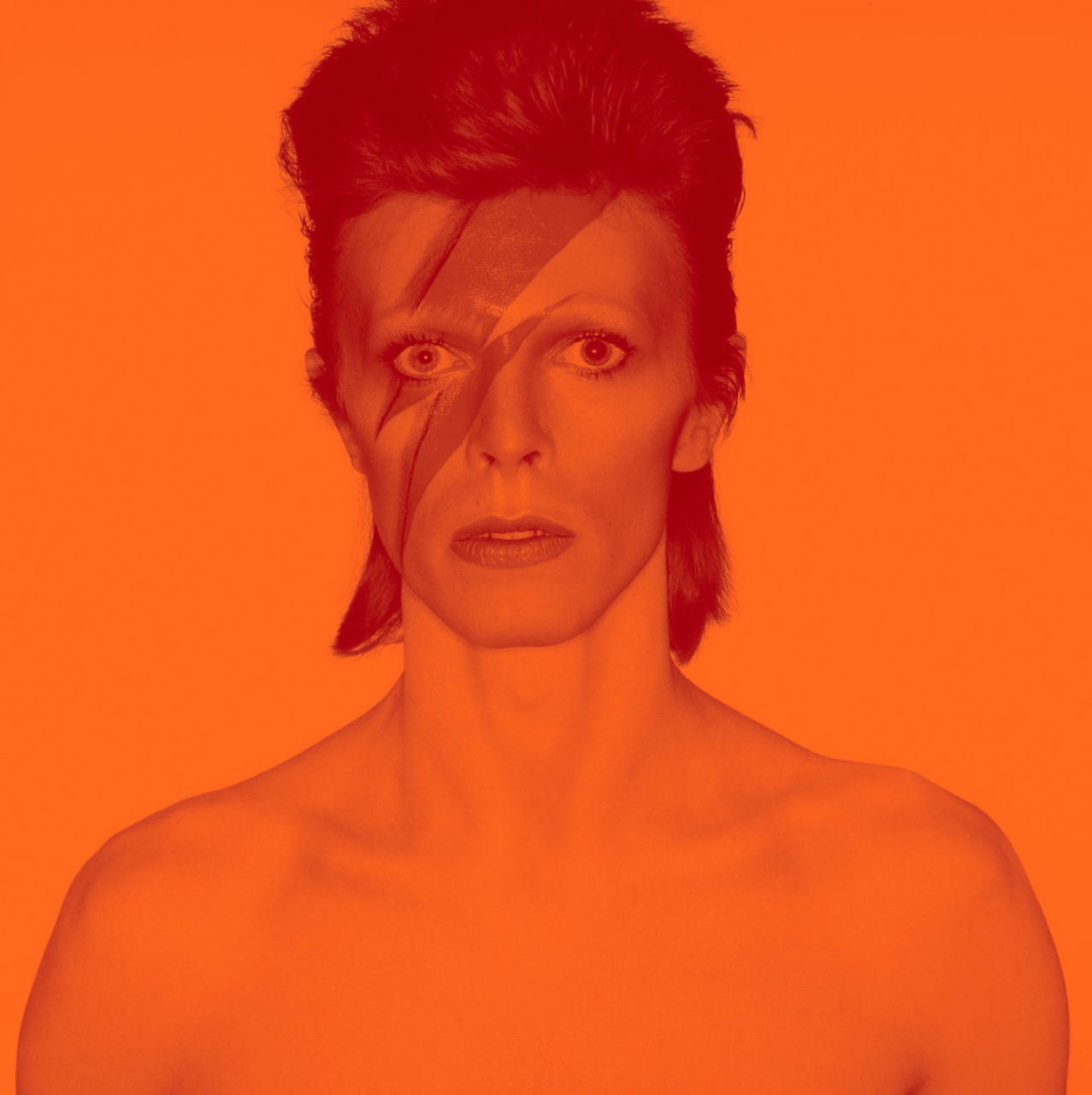An exhibition about the internationally acclaimed artist David Bowie (1947-2016) faces its final curtain call at the Brooklyn Museum.
The Brooklyn Museum’s highly anticipated exhibition is an immersive journey through David Bowie’s prolific career. Visitors follow an engaging autobiographical narrative about his transformation from a suburban 17-year-old to a world-famous pioneering artist and celebrated musician. Featuring over 400 items, the enormous exhibition displays costumes, handwritten letters, clips of interviews, live concert performances, and movie appearances. Music, of course, plays a huge role in a trail-blazing audiovisual experience.
The show begins with items common during Bowie’s post-war childhood and accompanies a narrative about his family and early interest in becoming a musician. Throughout the exhibition, there are a variety of interesting documents such as the letter which announced that David Jones was officially renamed, David Bowie. This move was followed by the release of Space Oddity, which was the beginning of his meteoric success.
Over 30 garments are featured in the show, including iconic outfits of his various personas, such as the Thin White Duke, shown in figure 1. Seated for a promotional photograph for his 1974 album, Diamond Dogs, Bowie is shown wearing a bolero hat, patterned scarf, blouse tied at the front, an open black vest, flared black slacks and tall, black platform boots. In brilliant contrast is a Ziggy Stardust outfit (Fig. 2), which he wore during a 1972 television performance of Starman. Some of his more elaborate casual outfits are also included to demonstrate how he blended his real personality with the persona. Bowie was an early customer of Alexander McQueen and Japanese designer Kansai Yamamoto. The latter helped to develop some of his most iconic looks such as the Space Samurai outfit at the beginning of the exhibition (Fig. 3).
Fig. 1 - Terry O'Neill (British, 1938-). Promotional Photograph of David Bowie for Diamond Dogs, 1974. Silver gelatin fine art archival print; 182.9 × 121.9 cm (72 × 48 in). Brooklyn: The Brooklyn Museum. Organized by the Victoria and Albert Museum. Source: The Brooklyn Museum
Fig. 2 - Freddie Burretti (British). Quilted two-piece suit, 1972. New York: The Brooklyn Museum. Organized by the Victoria and Albert Museum. Source: Rolling Stone Magazine
Fig. 3 - Kansai Yamamoto (Japanese, 1944-). "Tokyo Pop" bodysuit with replica shoes, 1973. New York: The Brooklyn Museum. Organized by the Victoria and Albert Museum. Source: The New York TImes
Fig. 4 - Brian Duffy (English, 1933-2010). Photograph from the album cover shoot for Aladdin Sane, 1973. Duffy Archive. Source: The Brooklyn Museum
The outfit in figure 3 draws inspiration from traditional Japanese style clothing called hakama, and a knitted bodysuit which references the Japanese organized crime syndicate known as the Yakuza. On the back, a white cloak with red and black Kanji characters phonetically spell “David Bowie” which loosely translates to “One who spits out words in a fiery manner.”
The exhibition’s opening in 2013 preceded the singer’s death by three years. In its final iteration, the Brooklyn Museum drew upon their access to private collections as well local artists and designers to include a personal narrative of Bowie’s experiences in New York City. A book by Victoria Broackes and Geoffrey Marsh was produced to accompany the show and delves deeper into the life, music, and art of David Bowie. Its cover, seen in figure 4, features an image by Brian Duffy originally used for Bowie’s sixth studio album, Aladdin Sane. David Bowie Is will be open to the public until July 15, 2018.
References:
- Foresta, Merry A. “Irving Penn: The Passion of Certainties.” In Irving Penn: Master Images, 1-13. Washington DC: Smithsonian Institution Press, 1990.













